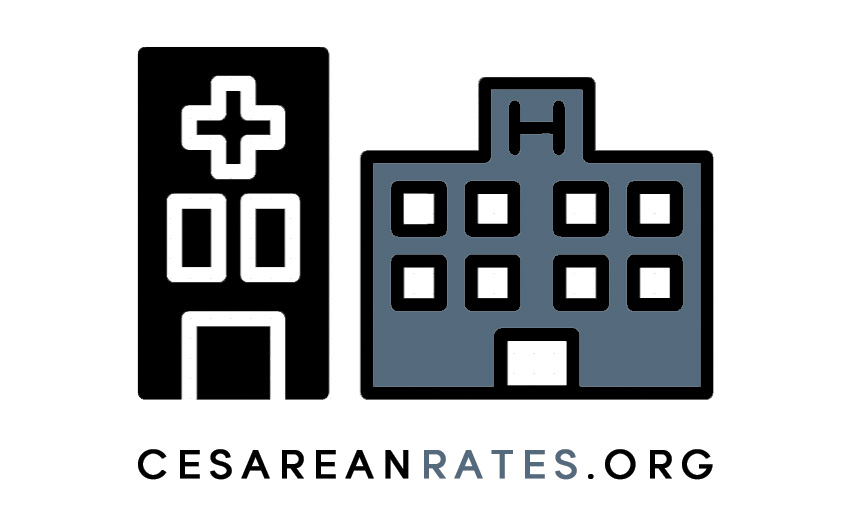California's "My Birth Matters" Campaign
By Jill Arnold
California’s My Birth Matters campaign launched on June 20, 2018. Available on the California Maternal Quality Care Collaborative (CMQCC) web site, these patient education materials were developed over the last year in partnership with Consumer Reports and the California Health Care Foundation.
The animated format gives an impression of simplicity, which is intentional, as one of the key goals of the project was to create materials that are accessible and understandable to everyone on the health literacy spectrum.
The roots of the project run even deeper than this past year’s extensive research and testing.
A few years ago, Smart Care California (formerly the Statewide Workgroup on Reducing Overuse), a public-private partnership that purchases or manages care for about 40 percent of the state, set out to curtail medically unnecessary medical care. They had the necessary high-level stakeholders onboard but wouldn’t move forward without first capturing the views of the lay public.
Smart Care California contracted with a non‐profit specializing in civic engagement in health‐care policy which used a structured, qualitative process called public deliberation.
The Consumer Reports Health Ratings Center sent me to San Diego to observe one of the four-and-a-half hour deliberative sessions and it was fascinating. The group was comprised of individuals who had purchased insurance through Covered California and were all low‐to‐moderate income individuals, because they were likely to be sensitive to higher cost‐sharing or reduced coverage when discussing possible strategies.
The session wasn’t just focused on maternity. Participants shared their opinions on other areas of overuse, such as the use of antibiotics for adult bronchitis, MRI scans for low back pain, and a cancer drug that yields minimal benefit and cesarean sections. As one would expect, each participant had different attitudes about personal and societal responsibilities, reasons for making medical and financial decisions, and social values that appeared as diverse as they did. The researchers conducted a qualitative analysis of all sessions and published their results.
Now that Smart Care California had a better understanding of the lay public’s values and opinions about strategies for addressing medically unnecessary care, it was time to figure out how best to engage with the people who will be most affected by a statewide multi-stakeholder initiative to reduce low-risk, first-birth C-section rates throughout the state—pregnant people.
In the meanwhile, CMQCC had distributed its Toolkit to Support Vaginal Birth and Reduce Primary Cesareans, which is now widely used by hospitals in California to help providers address the overuse of c-sections. The partnership between California Health Care Foundation, CMQCC and Consumer Reports was formed to conduct research to inform the development of educational materials that will motivate pregnant first-time mothers to take practical steps to reduce their chances of having an avoidable c-section.
There were many steps in this research, beginning with reviewing relevant past research, then interviewing women who had just had a cesarean in the past year. Next, healthcare providers, who included OB-GYN’s, family doctors and midwives, were interviewed. Focus groups were then conducted throughout the state to assess pregnant women’s values and attitudes toward C-sections. Amid many rounds of message testing and development, an assessment of the influence of prototype videos on a patient’s prenatal visit was conducted. The videos were vetted by key stakeholders throughout the state, then a patient-facing website was created and tested.
I’ve sat in as a consumer/patient representative on many projects, initiatives, task forces and advisory boards over the years, mostly in the role of subject matter expert on how maternity data is reported and how it can be used for engaging consumers. At times I was asked to share my experience as a patient, but I usually discounted my n-of-1 contribution immediately. One patient’s experience is just that—one patient’s experience.
The difference between the My Birth Matters project and others in which I’ve participated is the expressed intention to democratize the process and to listen. It wasn’t an online survey that you click through quickly or a phone survey that you wish would hurry up and end. This was a team of researchers recruiting diverse groups of Californians and spending hours engaging them.
California’s My Birth Matters educational materials will extend far beyond state borders, as will the knowledge base upon which the animated videos are built. Distilling all the research down to a collection of easy-to-understand materials was no small feat, but the effort will help get evidence-based information in the hands of the people who need it most.

